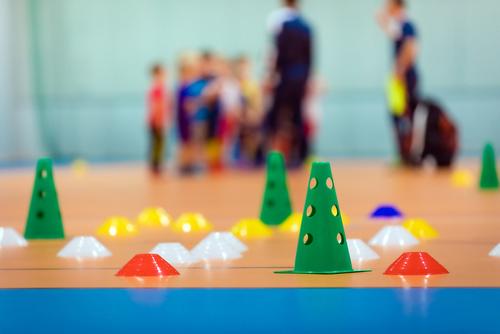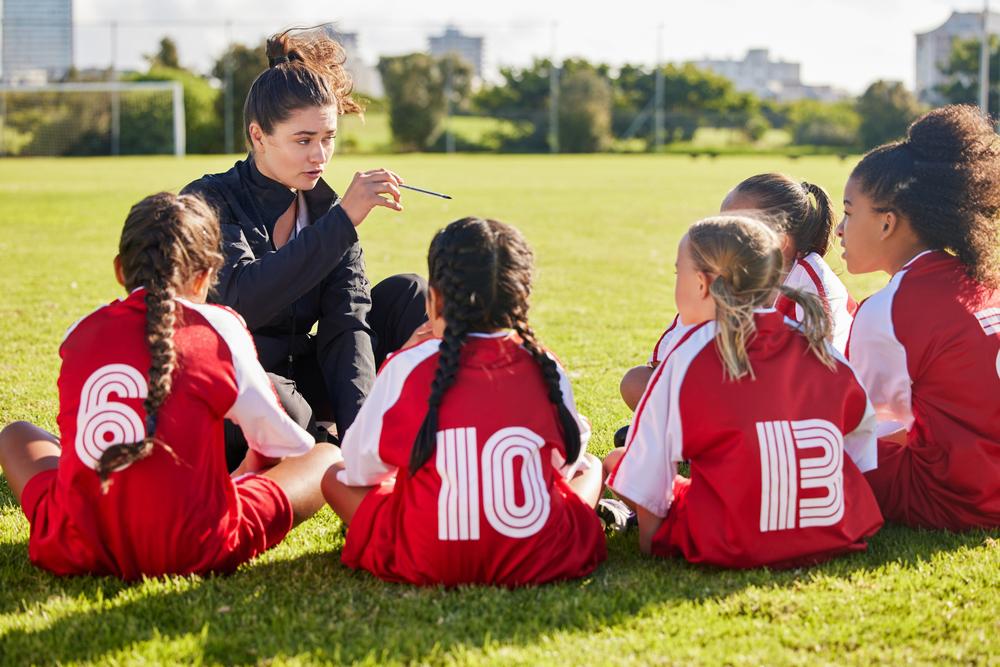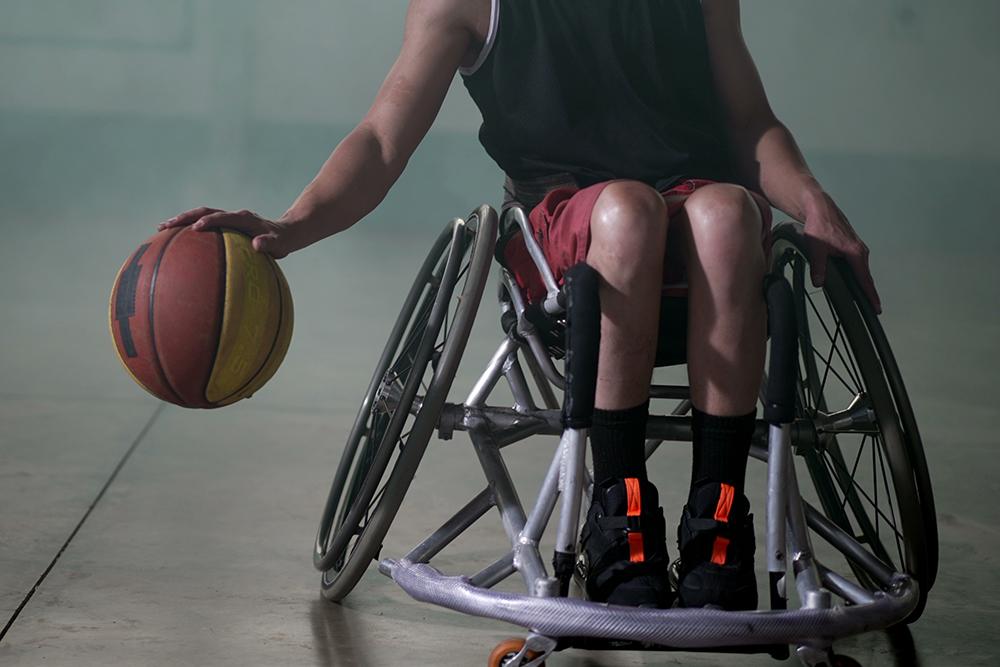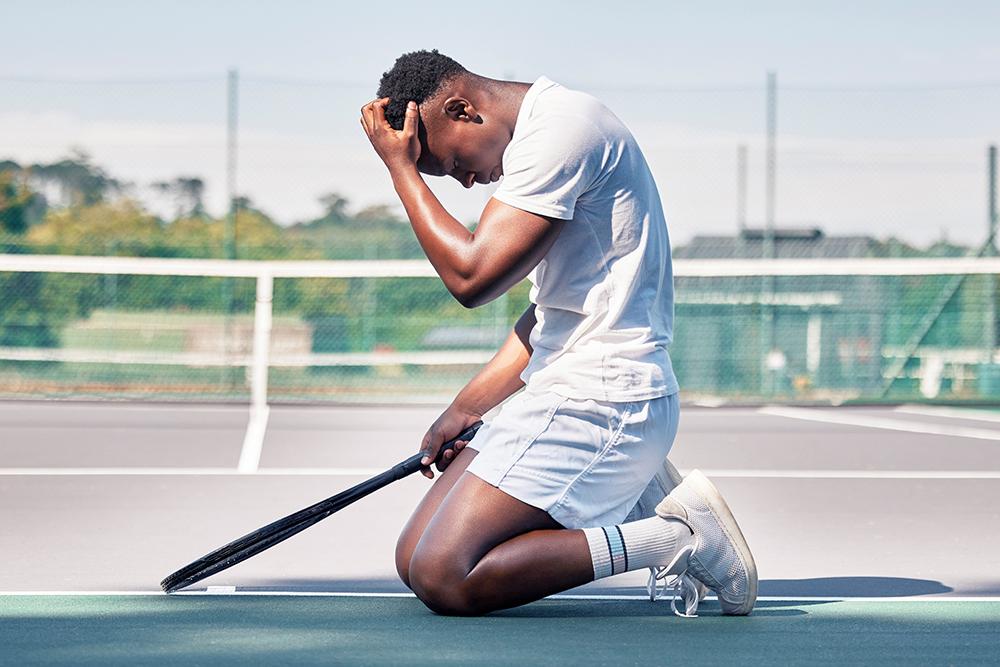 While perseverance sounds like a very serious skill, it can be fun to learn for your young athletes if you make persisting through tough challenges into a playful activity. Here, board-certified family physician and TrueSport Expert Deborah Gilboa, MD, is sharing activities for every age group that will spark conversations around perseverance while encouraging experimentation and play. Remember, perseverance isn’t just about doing the same thing over and over and expecting a new result: It’s about making small tweaks to your performance and eventually pivoting if needed.
While perseverance sounds like a very serious skill, it can be fun to learn for your young athletes if you make persisting through tough challenges into a playful activity. Here, board-certified family physician and TrueSport Expert Deborah Gilboa, MD, is sharing activities for every age group that will spark conversations around perseverance while encouraging experimentation and play. Remember, perseverance isn’t just about doing the same thing over and over and expecting a new result: It’s about making small tweaks to your performance and eventually pivoting if needed.
ELEMENTARY SCHOOL
Elementary school students will still typically find non-sport-related games a fun activity and enjoy a challenge.
Experiment with Non-Dominant Practice
With elementary school aged athletes, you can ask them to do something that they’re definitely not going to be great at, like non-dominant hand fine motor skills. “This is not a sport-specific game,” Gilboa says. “The point here is not fine motor skill practice, it’s perseverance.” Ask athletes to carefully write something in cursive with their non-dominant hand. (You can make it applicable to the season by having them write out a team goal or mantra!) Have them write it out over and over until they manage to legibly reproduce that sentence. This shows them that practicing skills and making small changes ultimately leads to success.
MIDDLE SCHOOL
 When playing games with middle school athletes, be careful: They’re at a fragile age where it’s easy for them to feel like they’re being patronized. It’s also a difficult time developmentally, Gilboa notes. Middle schoolers are more likely to see things in black-and-white, and create identities based on results. “Middle school is when kids start to differentiate from their family of origin and figure out who they are as an individual,” says Gilboa. “Everything they do is building their own reputation with themselves. They’re constantly socially hyper-vigilant. So, understand that you may need to take care when pushing athletes to persevere if they’re struggling.”
When playing games with middle school athletes, be careful: They’re at a fragile age where it’s easy for them to feel like they’re being patronized. It’s also a difficult time developmentally, Gilboa notes. Middle schoolers are more likely to see things in black-and-white, and create identities based on results. “Middle school is when kids start to differentiate from their family of origin and figure out who they are as an individual,” says Gilboa. “Everything they do is building their own reputation with themselves. They’re constantly socially hyper-vigilant. So, understand that you may need to take care when pushing athletes to persevere if they’re struggling.”
The String Experiment
Gilboa suggests playing this game on a rainy day when no practicing is possible, since it’s great for in the gym or classroom. In addition to being a good lesson in perseverance, it’s a great team-building exercise.
What you need, per every 3-4 athletes:
(1) water bottle
(4) 10-foot-long lengths of string
(1) pencil
- Divide athletes into groups of three or four (can be done with as few as two athletes to a group)
- Each participant takes their length of string and ties one end of it snugly around their waist, with the extra string hanging from the front of their waist, by their belly buttons.
- Tie the ends of all the groups’ string around the top of the pencil so the athletes are connected via the pencil
- Place the uncapped empty water bottle on the ground in the middle of the circle of athletes
- All participants should keep their hands on their heads
- The goal is to move together as a group to get the pencil into the water bottle
- Make it harder: If this is too easy, have the group switch so that the string is behind them, so they have to work together while they can’t easily see the bottle and the pencil.
- Make it harder: Now, make athletes do this game silently, using their hands to communicate (or do another round where they can’t talk or use their hands!)
Everyone Perseveres – To Their Ability
 One of the simplest things that coaches can do to help build the skill of perseverance in middle schoolers is to put everybody through the same training, even if some athletes don’t need perseverance in the particular activity. “If you have people who are great at their golf swing and others who are not great at their golf swing, everyone should be doing the same drills,” Gilboa says. “Everybody does the same laps, whether they need them as much as the other kids or not.”
One of the simplest things that coaches can do to help build the skill of perseverance in middle schoolers is to put everybody through the same training, even if some athletes don’t need perseverance in the particular activity. “If you have people who are great at their golf swing and others who are not great at their golf swing, everyone should be doing the same drills,” Gilboa says. “Everybody does the same laps, whether they need them as much as the other kids or not.”
You can turn this into a fun game, as well. In sports that require running laps, for instance, Gilboa says you can build in perseverance for the slower athletes and team-building with perseverance for the faster athletes. “Whatever running drill you’re doing, have the fastest kids finish, then immediately double back to run with the slowest kid who’s at the back. Make this about collaboration and encouragement, not punishment. This encourages all the athletes, and creates a positive social experience for the kids who have to try the hardest at the back.”
HIGH SCHOOL
The String Experiment mentioned above is also a great one for high schoolers, as is the edict that everyone practices for the same amount of time/do the same amount of drills. But when it comes to fun activities, get a bit more brain-oriented with your older athletes.
Do a Book Report
 Gilboa suggests asking your athletes to each find an example of someone they look up to who exemplifies perseverance—but skip the easy examples like Thomas Edison or Michael Jordan. The person should not be a famous athlete—or any athlete at all! “Honestly, stories of athletes who persevere are harder to emulate if you’re already feeling frustrated with yourself or struggling,” says Gilboa. “Stories of a YouTuber who’s created a following, or a social justice warrior are going to be better for understanding perseverance as a character trait, rather than just trying to learn lessons specific to that sport.”
Gilboa suggests asking your athletes to each find an example of someone they look up to who exemplifies perseverance—but skip the easy examples like Thomas Edison or Michael Jordan. The person should not be a famous athlete—or any athlete at all! “Honestly, stories of athletes who persevere are harder to emulate if you’re already feeling frustrated with yourself or struggling,” says Gilboa. “Stories of a YouTuber who’s created a following, or a social justice warrior are going to be better for understanding perseverance as a character trait, rather than just trying to learn lessons specific to that sport.”
Task your athletes with picking a role model and finding examples of times that the person has persevered in their pursuit of success. They can look up articles, videos, interviews, blogs, or podcasts that feature the person, or even suggest your athletes try to reach out to interview them in real life. Have them present their ‘report’ to the athletes on the team: This could be a written essay or a visual collage that represents the person they admire.
_______________________
Takeaway
While encouraging athletes to persevere in the context of regular practice and competition is important, helping them work on their perseverance in a more fun, play-filled environment can help teach them how to bring that trait to their next workout or game. And athletes of any age should embrace some element of play and learning during practice!



